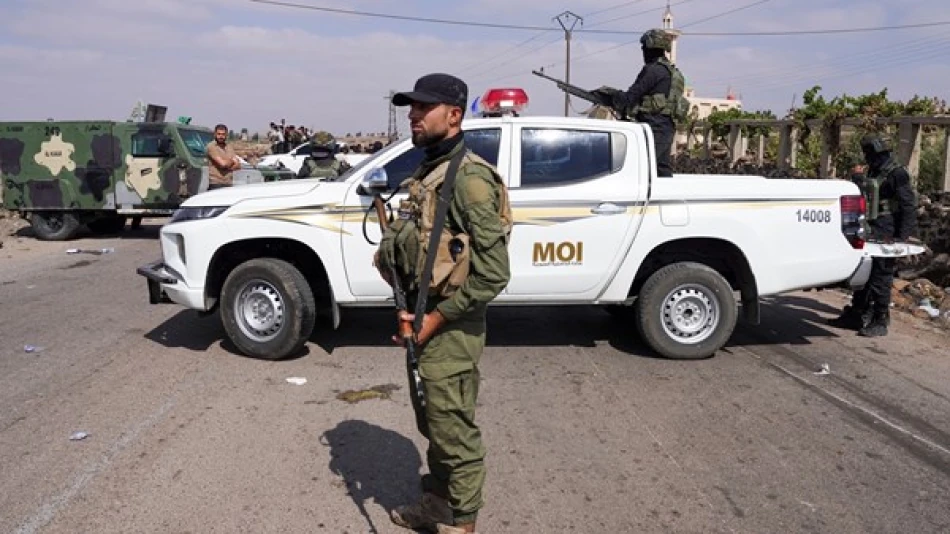
Deadly Violence Escalates in Sweida: Disturbing Casualty Toll Rises
Syria's As-Suwayda Violence Claims Over 1,100 Lives as Ceasefire Takes Hold
A week of intense tribal clashes in Syria's southern As-Suwayda province has left more than 1,100 people dead, marking one of the deadliest episodes of internal violence in the war-torn country in recent years. The Syrian Observatory for Human Rights reported the grim toll as a government-declared ceasefire brought temporary calm to the region, allowing the first humanitarian convoy to enter the area since fighting erupted on July 13.
Escalating Death Toll Reveals Scale of Crisis
The casualty figures paint a stark picture of the violence that has gripped As-Suwayda. The death toll jumped from 1,017 to 1,120 within days, according to updated figures from the Syrian Observatory for Human Rights. This rapid increase suggests the intensity of combat between tribal fighters and local armed groups remained fierce until the ceasefire announcement.
Residents reported an eerie calm descending over the provincial capital on Sunday, with no sounds of explosions or gunfire echoing through streets that had become battlegrounds just hours earlier. The sudden quiet underscores how quickly localized conflicts can spiral out of control in Syria's fragmented landscape.
Tribal Warfare in Syria's Forgotten South
As-Suwayda province, home to a significant Druze minority population, has largely remained on the periphery of Syria's broader civil war. However, this latest outbreak demonstrates how the country's decentralized power structure continues to fuel local conflicts even as major frontlines have stabilized.
The clashes between tribal militias and local armed factions reflect deeper issues plaguing post-conflict Syria: weak central authority, proliferation of weapons, and competition over resources and territory. These dynamics have created a patchwork of local power brokers who often resort to violence to settle disputes.
Humanitarian Crisis Unfolds
The arrival of the first Syrian Red Crescent humanitarian convoy since the violence began signals the urgent need for medical supplies and basic necessities in the besieged area. The week-long isolation of As-Suwayda's residents highlights how quickly civilian populations become trapped when local conflicts erupt.
The humanitarian situation likely deteriorated rapidly during the fighting, with hospitals overwhelmed by casualties and supply lines cut off. The scale of the death toll suggests medical facilities were either targeted or became inaccessible to many wounded civilians and combatants.
Implications for Syria's Fragile Stability
This outbreak of violence exposes the fragility of Syria's apparent stabilization after more than a decade of civil war. While major military operations have largely ceased, the As-Suwayda clashes demonstrate that the underlying conditions for conflict—weak governance, armed groups, and unresolved grievances—remain volatile.
The Syrian government's ability to declare and enforce a ceasefire suggests it maintains some influence in the region, but the initial failure to prevent such massive casualties raises questions about Damascus's actual control over peripheral areas. This pattern mirrors challenges faced by other post-conflict states where central authority struggles to extend meaningful governance beyond major urban centers.
The international community's limited response to this crisis reflects the broader fatigue surrounding Syrian conflicts, but the death toll serves as a stark reminder that Syria's transition from active warfare to sustainable peace remains incomplete and precarious.
Most Viewed News

 Layla Al Mansoori
Layla Al Mansoori






